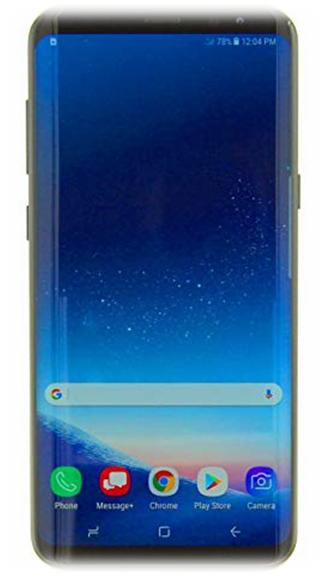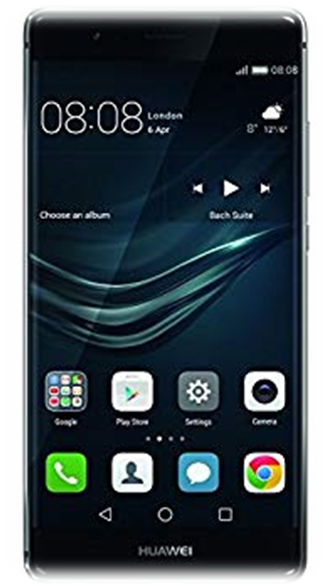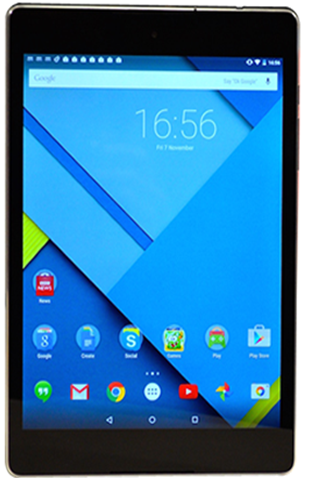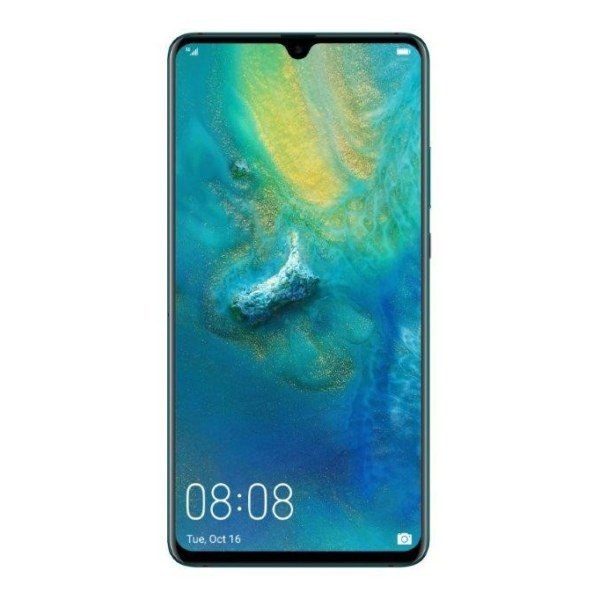| Projects | GNSS / IMU logger | Data bank | Activities | IMU calibration | Resources |
|
The vast majority of GNSS receivers today are installed in Smartphones with 1.5 billion devices produced every year. Most of these newly produced phones make GNSS raw measurements available to the applications, a feature supported by the Android operation system since 2017. Since then, the institute is working extensively to exploit the full potential of Smartphone GNSS capabilities. Despite the latest innovation in the domain of Smartphone GNSS carrier phase positioning, there are still key limiting factors that need to be addressed before full-scale use of Smartphones in high precision applications. Cycle-slip, a jump in the carrier-phase pseudo-range due to the multipath is one of the prominent factors. Since the other source of cycle-slip such as duty cycle can be controlled in the recent smartphones. But the multipath still causes severe degradation which needs to be addressed. Internal GNSS antennas are passive and omnidirectional with linear polarization, whose received carrier-phase signals are thus quite susceptible to multipath effects and cycle slips The Research group dedicated to Smartphone positioning covers a wide range of research activities starting from Smartphone GNSS Antenna phase center estimation, GNSS raw measurement analysis, Smartphone RTK positioning, Android Application development for logging GNSS and IMU data, and Smartphone GNSS/IMU fusion. In the application domain, projects like Ghosthunter II are also analyzing the use of smartphone positioning for wrong lane driver detection. |
 |
 |
||||
| Samsung S8 | Huawei P10 | ||||
 |
 |
||||
| HTC Nexus 9 | Xiaomi Mi8 | ||||
 |
|||||
| Huawei Mate20X |
Google Pixel 5
|
||||
|
|||||